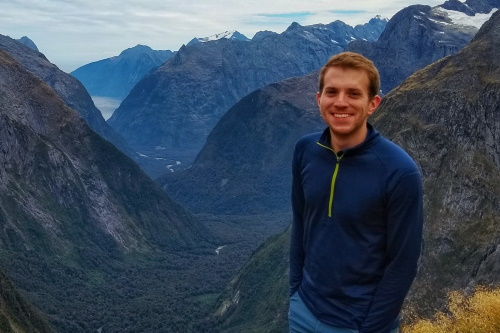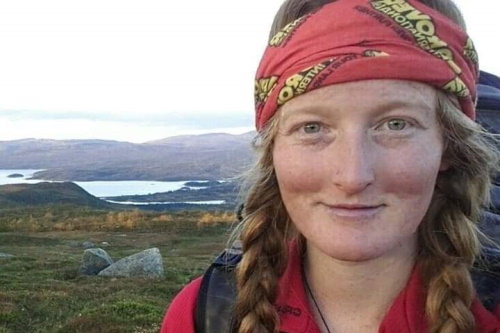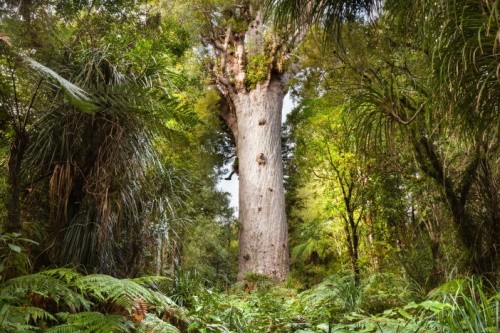 Where I’m from
Where I’m from
Of Ngāti Porou descent, I grew up in the Bay of Plenty, spending most of my childhood in Tauranga and Whakatane. I love the beautiful beaches, the waterfalls and most of all visiting my marae on the East Coast – Whareponga.
How I became part of Bioprotection Aotearoa
I majored in environmental science and geography for my Bachelor of Science. I always knew I wanted to study something to do with the environment because of my deep appreciation for Papatūānuku and my call to help her. As I finished my degree, I realised that I had not exactly fulfilled that purpose.
In 2020, I decided to complete my Honours, investigating how much power is shared in the co-governance of kauri dieback up north. I started to uncover the downfalls of some of these programmes. There was a complete lack of partnership and collaboration, while Mātauranga Māori was largely excluded or unsupported. This provoked me to continue on to a PhD.
My research subject
For my PhD I am researching how braiding Mātauranga Māori and western science can help to inform biosecurity threats in New Zealand – with a focus on kauri, myrtle rust, and pest fish. I hope to connect to different iwi and hapū and support them in sharing their cultural narrative of these issues and show the strength in using Mātauranga Māori in solving them.
I also hope to show the importance of engaging and partnering with Māori in all areas of environmental protection. I strongly believe that true collaboration is the only way we can save our environment.
What I like most about my research
The most amazing thing about my research is the opportunity to reconnect to my Māori heritage. As a young scientist growing up in a very western world, I had lost touch with who I truly am. Through reconnecting to Māori culture, I have felt a strong reconnection to myself. I hope that I can learn te reo and delve deeper into my whakapapa, that I can continue to support and advocate for the amazing values, knowledge, and principles, that the culture holds.
What I’d like to do once I’ve finished my study
I would like to continue to use Mātauranga Māori to help inform environmental decisions. I’d like to work with councils, iwi, government, community, to engage with Māori and incorporate Māori values and cultural narratives into our decisions.
What I like to do outside of study
I love to explore nature. Whether it is skiing, hiking, surfing, or foraging for wildflowers and food, I love being active and outdoors. I will never say no to an adventure! When at home, my happy place is either in the kitchen cooking for friends or in the backyard gardening and practicing yoga.

 Where I’m from
Where I’m from I grew up on the West Coast, but came to Christchurch during my high school years.
I grew up on the West Coast, but came to Christchurch during my high school years. Where I’m from
Where I’m from Creating the new brand and logo for Bioprotection Aotearoa was a collaborative effort, involving many different people with many different roles in the new Centre of Research Excellence.
Creating the new brand and logo for Bioprotection Aotearoa was a collaborative effort, involving many different people with many different roles in the new Centre of Research Excellence. How have land-use changes affected the growth and survival of Phytophthora agathidicida, the invasive oomycete that causes kauri dieback?
How have land-use changes affected the growth and survival of Phytophthora agathidicida, the invasive oomycete that causes kauri dieback? How have land-use changes affected the growth and survival of Phytophthora agathidicida, the invasive oomycete that causes kauri dieback?
How have land-use changes affected the growth and survival of Phytophthora agathidicida, the invasive oomycete that causes kauri dieback?